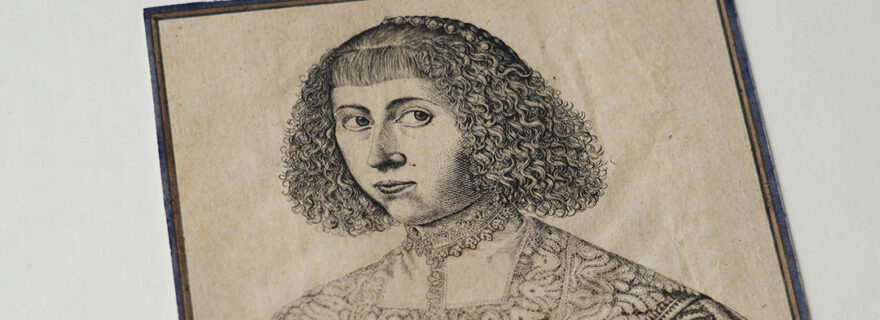Women artists in the Leiden Special Collections (Part 2)
Two years ago, I wrote a blog about women artists in the collection of the University Library. The focus was on recent acquisitions and living artists. This new episode can be considered a prequel and discusses women artists in the Leiden collections from the seventeenth and eighteenth centuries.
It will come as no surprise that the number of women artists in those centuries is low. Many of these women have one characteristic in common: they often came from artistic families, with a father, grandfather, husband or brother as fellow artists. An artistic environment apparently offered more freedom for women to pursue their careers as a painter, draughtswoman or printmaker. While some women artists are fairly well known, Maria Sibylla Merian and Anna Maria van Schurman for example, others are quite unknown. And not just to the general public, even (art) historians will not be familiar with all the women mentioned here. Graphic artists, because that is what these artists are, suffer from an extra barrier, apart from any obstructions their gender might produce, and that is that their works, often small and fragile, are rarely on view in museums. This short survey does not pretend to be complete, far from it. It is a selection of interesting women artists (from the Dutch Republic) whose works are present in the Leiden collections. Each of them deserves the reader’s attention.
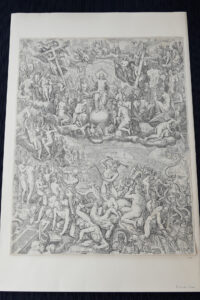

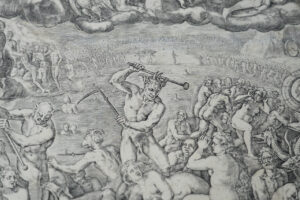

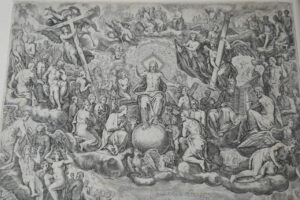

Barbara van den Broeck (born 1560)
The first woman we meet when going through the collections chronologically is Barbara van den Broeck, an artist we know hardly anything about. She is known for a few engravings that reproduce drawings of her father, the artist Chrispijn van den Broeck (1530-1590). Chrispijn himself did not make prints and he left the engraving of his designs to professionals, including his daughter. One of these is the Last Judgment, which was signed by Barbara as “Barbara filia Crispine sculpsit”. The print is known only in a later re-edition of 1649 but the original impressions should date to around 1580-1590. Barbara made a few other engravings but her output has remained low. And although her prints show her to be a very accomplished engraver, she worked only occasionally for her father rather than pursuing a professional career.
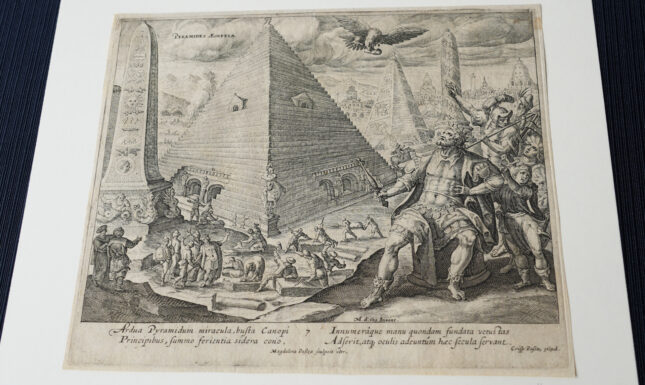

Magdalena van de Passe (1600-1638)
Like Barbara van den Broeck, Magdalena van de Passe was the daughter of a well-known artist, Crispijn de Passe the Elder (1564-1637). Her siblings, Crispijn the Younger, Willem and Simon were artists as well. So Magdalena grew up in an artistic environment that was deeply involved in printmaking, as designers, engravers and publishers. She was born in Cologne, where the family temporarily resided, but lived part of her life in Utrecht, where the Van de Passe family originated from. Her work numbers around 60 prints after designs by her father and other artists. The Leiden collection holds a series of the Seven Wonders of the World after Maerten de Vos but also one of her Ovid illustrations, Pyramus and Thisbe.
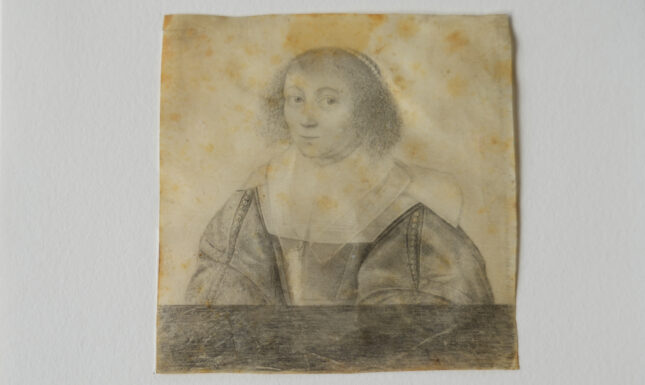

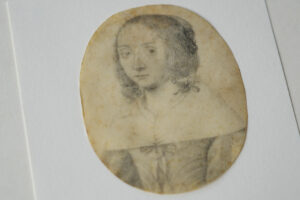

Anna Maria van Schurman (1607-1678)
Anna Maria van Schurman learned the art of engraving probably from Magdalena van de Passe. This is remarkable. Apparently, women passed their skills on to other women, possible because becoming an apprentice to a male artist was difficult if not impossible for them. Only within the safe environment of the family, could women learn a trade from men. For Anna Maria van Schurman, art was but one activity. To some, she is primarily known as a scholar and poet rather than an artist. Still, she made some remarkable portraits, usually in pencil on parchment or paper, including a number of self-portraits. Leiden possesses two of these self-portraits and although their condition has deprived them somewhat of their charm, they still demonstrate Van Schurman’s extraordinary talent. Both portraits are miniatures of just a few centimetres in height. The first one, in fashionable French dress, shows her at around 25 years old. There is a similarity to her etched self-portrait, pictured in the banner of this blog. The second, oval one dates from almost a decade later, and pictures Van Schurman in more sober attire.
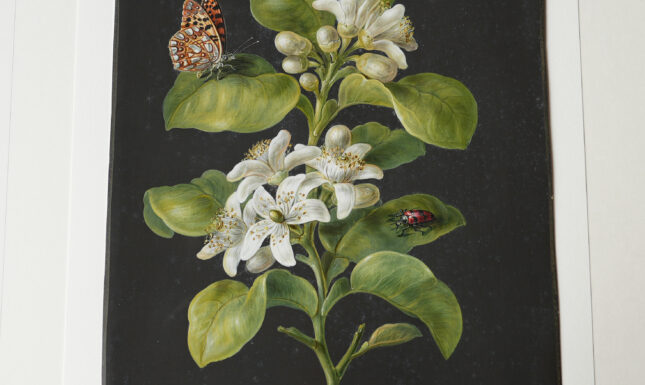

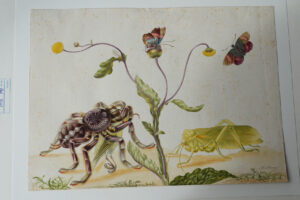

Maria Sibylla Merian (1647-1717)
Like many other women artists in this survey, Maria Sibylla Merian was born in an artistic family. Her father Mattheus Merian was a prolific print maker and publisher. He doubtless transferred his skills to Maria, who used them to draw flowers and insects, which led to several publications. Maria had married young but left her husband after twenty years and moved from Germany to Holland. After a short stay in Friesland, she ended up in Amsterdam. A trip to Suriname, together with her eldest daughter, made her famous. Her book on Surinamese insects and plants, published in 1705, secured her name for posterity and her drawings have become highly treasured objects. Leiden University Libraries holds some of these drawings, one of a succulent, another one of a spider and a bird, while a drawing of a lemon tree (with a black background) can be attributed to one of Maria’s daughters, either Johanna Helena Herolt, or Dorothea Maria Gsell.
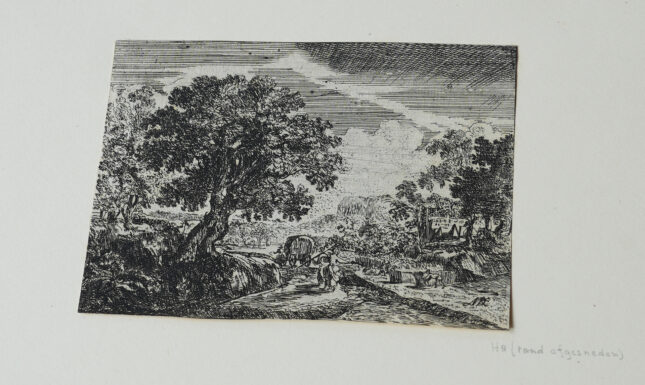

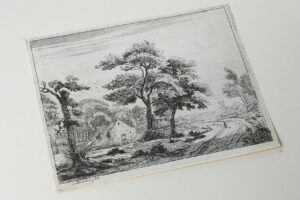

Anna Maria de Koker (c 1650-1698)
The landscape etchings of Anna Maria de Koker are not different from the ones her male colleagues produced. Landscape prints were immensely popular in the seventeenth century and were issued in great numbers. Anna Maria made some 25 prints. Some consider her an amateur but that is a qualification that applies to many male printmakers as well. Printmaking was not always a prime profession. Hardly anything is known about Anna Maria de Koker. In contrast to most women in this blog, she was not born into a family of artists. And although her prints are not firmly dated, it is generally understood that they were produced before Anna Maria got married in 1684.
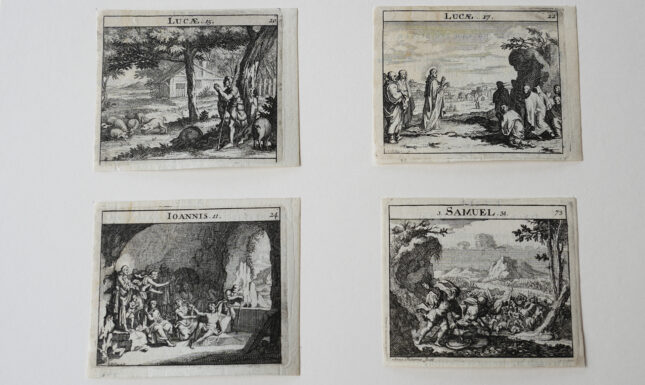

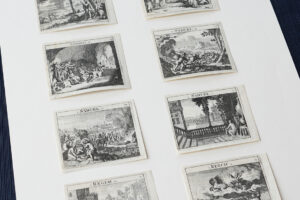

Anna Folkema (1695-1768)
Anna Folkema was the sister of the artist Jacob Folkema, who must have taught her the arts of etching and engraving. Jacob Folkema had made many book illustrations and so would Anna. Since Anna never got married, she lived with her family at the Westermarkt in Amsterdam, which included her sister Fopje, who like Anna made prints. Leiden University Libraries has a number of etchings by Anna, made for a series of biblical illustrations. They were intended as a supplement to an earlier series by Mattheus Merian and were published in 1727, alongside a text by Claas Bruin.
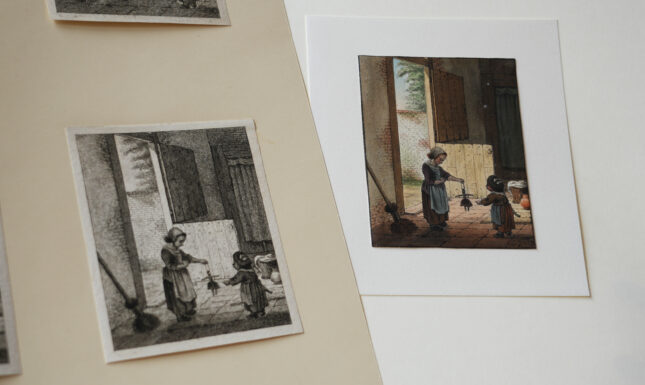

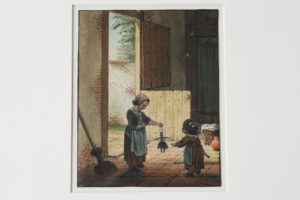

Christina Chalon (1749-1808)
The many prints and drawings of Christina Chalon are a rich source for the daily life of women in the second half of the eighteenth century. Women doing chores around the house and the lives of their children are almost the sole subjects of her art. This makes Chalon quite a unique artist. We rarely see images of children playing with their toys, but for Chalon this was a favourite subject. The women and children she portrayed belong to the lower classes of society, but Chalon’s work never displays any social misery or poverty. On the contrary, there is a perpetual optimism detectable in her prints and drawings and it is this mood that made her work popular with collectors. Some of her drawings were reproduced in etches by Pieter de Mare but she made many prints herself as well. Her life was nevertheless an unhappy one. Her marriage to a Leiden musician remained childless and towards the end of her life, she ended up in an asylum.
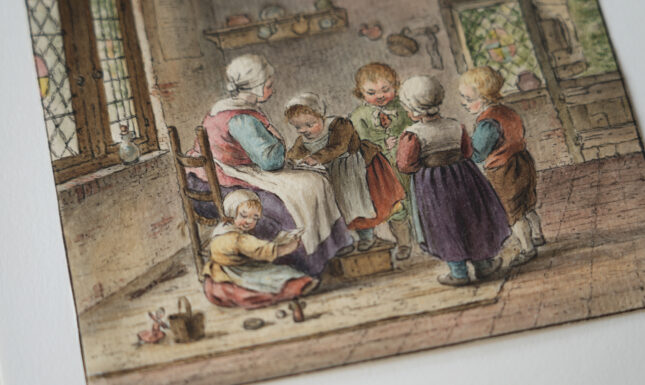

These artists are some but not all women artists in the collections of Leiden University Libraries. Some have been studied extensively, others hardly at all. There is still a lot we don’t know, not just about the women’s biographies but also, in a more general way, about women’s artistic education and careers. Each of them can be found in the ‘Digitaal Vrouwenlexikon van Nederland’ of the Huygens ING Institute. In the near future a third, and final part will be published in this blog, dealing with women artists from the nineteenth and early twentieth centuries.
Read Jef's first blog about modern women artists in the Leiden Special Collections.


